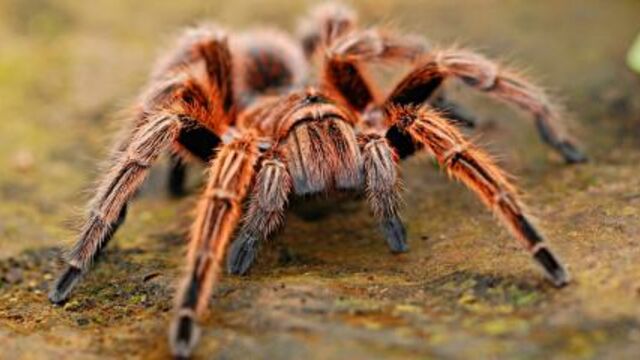Eight tapered legs surmounted by a small hairy body... A succinct description that is enough to make arachnophobes tremble with fear. It is impossible for them to contain the panic fear that invades them as soon as their eyes come across that spider in its web. Impossible; perhaps not for a very long time, thanks to a discovery made by British researchers, which was presented in Psychosomatic Medicine.
Discover our latest podcast
One of the methods explored for many years to treat phobias has been progressive exposure. A method that consists of gradually confronting a person suffering from phobia to the cause of their anxiety. This technique has recently been revolutionized thanks to computers and new technologies.
An unbearable slideshow
It is therefore on these methods that researchers from Brighton and Sussex Medical School (BSMS) in the United Kingdom have decided to base their work. The aim of the experiment: to show arachnophobic patients digital images of the hairy little monsters that scare them so much.
But during the test - practised using a simple computer monitor - each of the fifty-three volunteers in the study had a unique experience. In fact, researchers formed three separate groups, between which a single parameter varied: the timing of the display of images. During previous work, some of the members of the scientific team had indeed detected the potential for an unknown capacity human beings possess: interoception.
This word refers to the faculty to feel and gauge the activity of certain internal organs, especially the heart. The scientists revealed in their publication:
We have, therefore, [tested] the hypothesis that interoceptive cardiac signals could modify the results of computerized exposure therapy for arachnophobia, and thus lead the way to an improvement in the efficacy of treatment.
Cardiac synchronization
The first group of patients was subjected to spider images just as their hearts entered the contraction phase, systole. For the second group, it was during the opposite phase: the diastole, a period of relaxation of the heart muscle. The third group of patients received visual stimuli randomly.
And as the researchers predicted, synchronizing the heart rate and the appearance of images proved to be important
Patients visualizing photos of spiders at the time of contraction of their heart have indeed proven to be those in whom the phobia has regressed the most. Dr. Hugo Critchley, Brighton and Sussex Medical School researcher from the Department of Psychiatry stated:
Our work shows that the way we respond to our fears may depend on whether we come across them when our heart is beating, or between two beats. A literally "thrilling" medical advance, which could help patients with phobias of very different natures."
Many of us suffer from some form of phobia - it can be spiders, clowns, or even some foods. Hugo Critchley promised:
Therapy usually involves exposing the person to their fear, but this can take a lot of time [...] [But now] we could say that we are on the verge of helping people fight their phobias.
Eight tapered legs surmounted by a small hairy body, an obsession that could soon be a thing of the past for arachnophobes!















